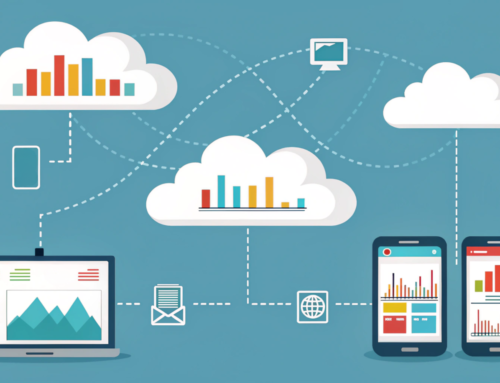Analyzing CRM and Telephony Reporting Data: Leveraging Data for Strategic Decision Making
For businesses, the importance of data cannot be overstated. A large amount of information gathered through CRM systems and telephony can become a valuable resource for making strategic decisions. Analyzing this data can help businesses understand their customers’ needs, improve service processes, and enter new markets.
How to utilize CRM and Telephony data?
Let’s clearly see what can be done with the data obtained to obtain positive results.
Understanding Customer Behavior
CRM data can provide crucial information on how customers interact with your company. This includes purchase history, interactions with customer support, information requests, and much more. Analyzing this data helps identify trends in consumer behavior, identify the most valuable customers, and predict their needs.
Enhancing Customer Service
Tracking phone calls through telephony systems allows for evaluating the quality of customer service. Analyzing audio recordings of conversations can help identify problematic situations and improve staff communication skills. Additionally, tracking response times to customer inquiries allows companies to promptly address their needs and maintain a high level of service.
Optimizing Marketing Campaigns
Analyzing CRM data helps determine the effectiveness of marketing campaigns. Tracking conversions, click-through rates, and other metrics helps identify which campaigns attract the most customers. This information can be used to optimize advertising expenses and improve the effectiveness of marketing efforts.
Sales Forecasting
Analyzing CRM data allows companies to develop sales forecasts for the future. Based on sales analytics and customer behavior data, predictive models can be developed to anticipate demand for company products and services.
Identifying New Opportunities
Analyzing CRM and telephony data can help identify new business development opportunities. By identifying trends in consumer behavior and interactions with customers, niche markets or new directions for expanding product and service offerings can be identified.
The benefits of using data analytics are numerous, but a logical question arises.

How to set up analytics in CRM?
- Setting up analytics in a CRM system varies depending on the specific CRM system you are using. However, generally, here are a few steps that may be useful:
- Define the purpose of analytics: Understanding what exactly you want to measure or analyze will help you set up your CRM correctly. For example, this could be lead conversion, tracking the effectiveness of marketing campaigns, or sales analysis.
- Choose key metrics: Select key performance indicators (KPIs) that best reflect your business goals. This could be the average deal value, the number of new leads, customer churn rate, etc.
- Data tracking setup: Ensure that your CRM accurately tracks the data you need for analytics. This may include tracking interactions with customers, sales information, demographic data, etc.
- Create reports and infographics: Many CRM systems provide the ability to create reports and infographics based on data. Choose the reports and graphs that will help you better understand your data.
These are just general steps, and each CRM system may have its own features and capabilities for setting up analytics. If you need help setting up reporting, we recommend contacting AlterEGO CRM system implementers. They have been helping businesses customize CRM systems to their needs for over 15 years. They will assist you in setting up reports and analytics, integrating necessary services, and automating business processes.
Overall, analyzing CRM and telephony reporting data opens up numerous opportunities for businesses to improve efficiency and achieve strategic goals. Integrating this data into management processes helps companies make informed decisions that contribute to their continued development and success in the market.




